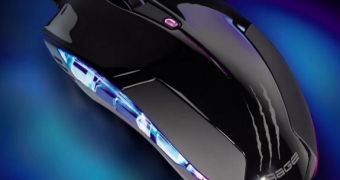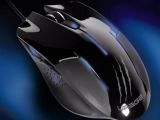It looks like the market for peripherals is getting some new additions, something to get things moving on the IT market, now that it looks like hardly anything is happening except for computer OEMs finally resuming sales of Sandy Bridge laptops.
While some hope that things will pick up on the IT market did blossom last week, it looks like the industry is just as slow as ever.
Granted, Toshiba, Lenovo and Dell, among others, have released new notebooks, or at least begun selling some that were launched previously.
However, such product launches only happened now, for the most part, because, while the notebooks were supposed to come out earlier, the flaw with Intel's chipset pushed them all back.
Fortunately, the peripheral market has not been affected by any problems of the sort, and while it hasn't been that full of newcomers, its suppliers did not slack off either.
Hama GmbH, for one, stepped up not long ago to officially announce two new mice which try their best to merge style with ergonomics and affordability.
That isn't to say they are overly cheap. After all, all gaming peripherals are more demanding, financially, than regular ones. Still, they aren't of the pricey, wireless, button-loaded variety either.
The mice are known as uRage and uRage evo and have laser sensors of 2,400 and 3,200 dpi, respectively.
They also come with low-friction teflon feet, non-slip coating on the sides (for a firm, comfortable grip) and built-in LEDs.
What's more, they feature a polling rate of 500 Hz and a so-called ergonomic design, while connectivity to the host PC is provided by a 2 meter USB cable. As for actual buttons, six exist, five of which are programmable.
The uRage and uRage evo sell for 19.99 and 29.99 Euro, respectively, with the latter justifying its higher price through its longer-lasting switches (in addition to the higher dpi mentioned above).

 14 DAY TRIAL //
14 DAY TRIAL // 
